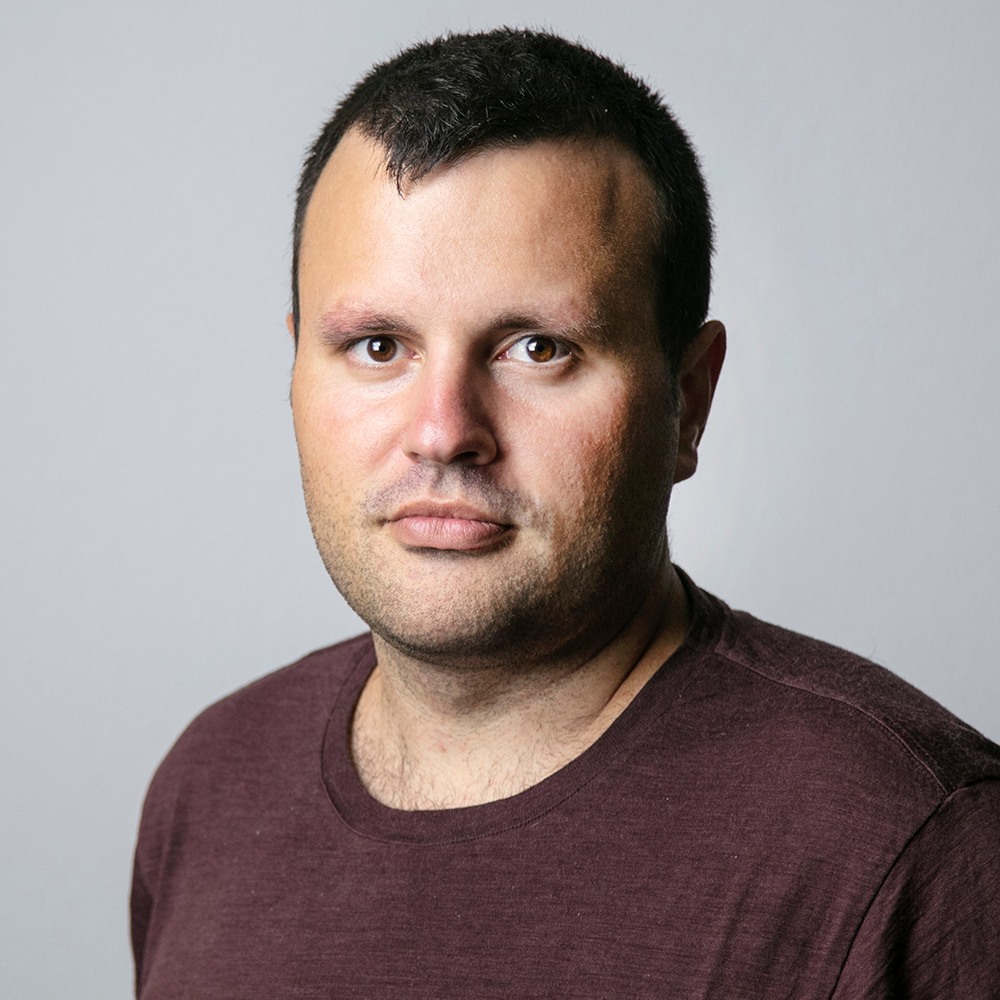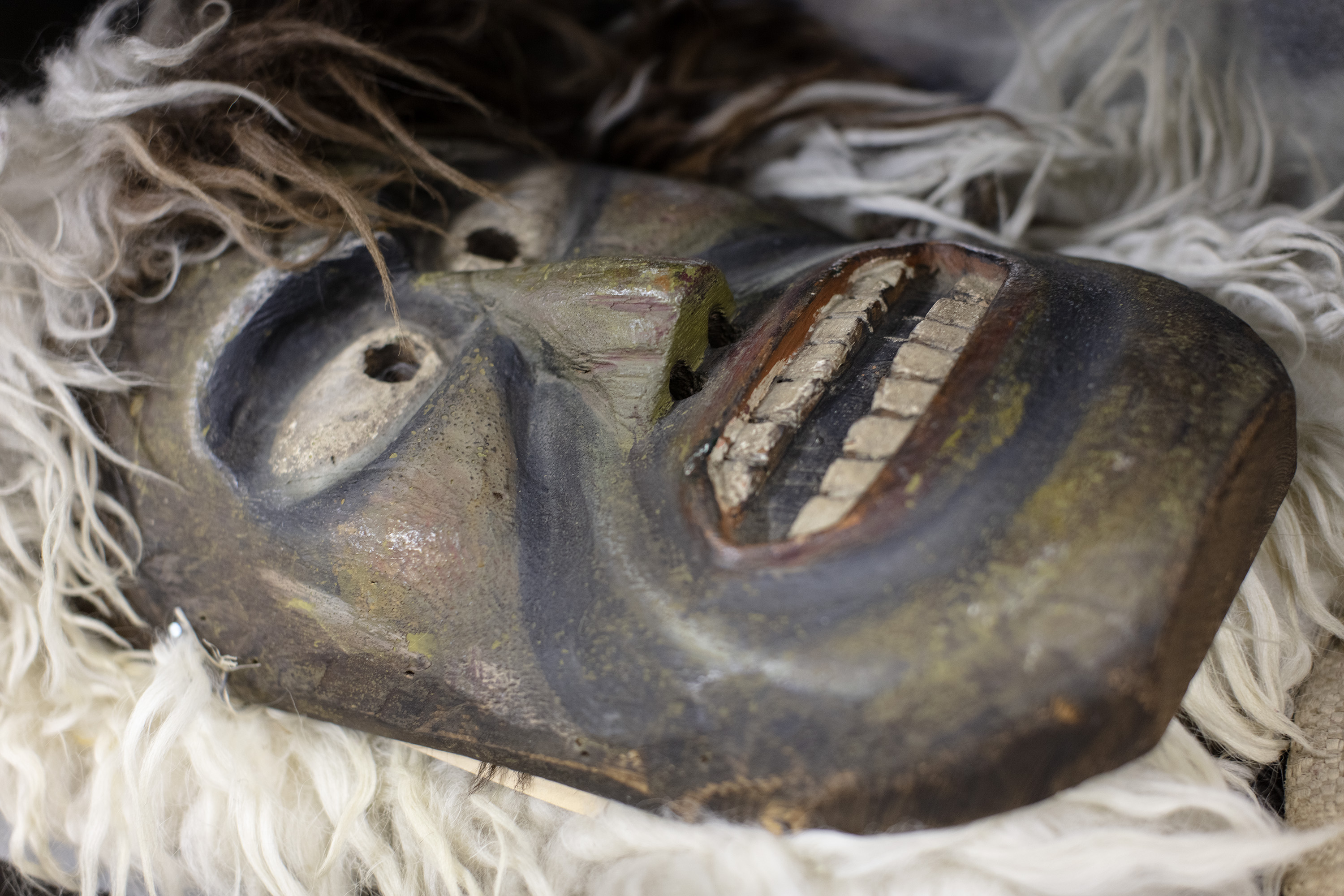
Switzerland Today
Hello from Bern,
War materiel, weapons, tanks, arms…it’s hard to find news that doesn’t concern the controversial debate around Switzerland’s exports of weapons. Just when I thought we'd get a break, Switzerland’s song entry for the 2023 Eurovision contest was announced. And the title? Watergun.

In the News: trading tanks, summer droughts, and budget deficits.
- Switzerland could give up some of its retiredLeopard 2 tanks and still meet its own security needs, the government said. However, parliament still has the final say on whether tanks are decommissioned and can replace tanks being sent by European countries to Ukraine.
- The Geneva-based International Committee of the Red Cross (ICRC) is facing a big funding gap this year. Unless donors step up, it might have to scale back its operations. While Ukraine has positive funding, any scaling back would be devastating news to people in regions that have received less attention lately like South Sudan, Somalia and Yemen.
- The Swiss Association of Mountain Regions is urging the federal government to take steps in preparation for a possible severe drought this summer, after lower than usual rainfall this winter. They are calling for early warning systems and planning for water shortages akin to what is being done to prevent power outages amid an energy crunch triggered by the war in Ukraine.
- Swiss companies exported tanks, weapons, and other war materiel worth CHF955 million ($1.02 billion) to 60 countries in 2022. This is nearly a third more than last year, and the highest level ever recorded.

What’s the ultimate Swiss food? One Swiss culinary expert’s answer might surprise you.
If you’d ask my kids, there’s a good chance they’d say a “Konfi-Schnittli” (sliced bread with jam) for breakfast and “Ghackets und Hörnli” (macaroni with a groundbeef sauce). These aren’t exactly the most famous, nor the most glamourous Swiss culinary delights but they are comfort food.
What about you? According to a recently published book, Le patrimoine culinaire suisse (culinary heritage of Switzerland), there are 450 products to choose from. This includes things like fondue and raclette but also less common edible (or at least spreadable) delights like Cenovis [similar to Marmite] and Thomy mustard.
To be included in the book – considered the most comprehensive overview possible of Swiss foods – products must meet three criteria: they must still be consumed, they must have existed for at least 40 years, and they must have a special connection to Switzerland.
But food is more than just sustenance. It’s linked to heritage and a way of life, explains Olivier Girardin, president of the Culinary Heritage of Switzerland association.
Switzerland has a wide variety of cheeses, dried meats, and 450 types of sausages. “This culinary heritage is linked to the fact that a large part of the country is located in the mountains, where in winter you could only eat what you could preserve,” said Girardin. This might explain why the most recent US court decision on the cheese label “gruyère” stung so much.
And, what’s Girardin’s ultimate Swiss food? Drumroll…Cervelat.

There are some Swiss cities I’d rather be in if there were an earthquake. Zurich isn’t one of them.
According to Switzerland’s first earthquake model, Zurich is the worst place to live in case of an earthquake of a magnitude 6.0. The model estimates that around 750 people would be killed and around 100,000 people would be displaced in such a scenario. But a big earthquake in Zurich is highly unlikely. It’s expected to happen once every 1,210 years compared with every 650 years in Basel.
This is only scratching the surface of the kind of detail incorporated into Switzerland’s first earthquake model developed by federal authorities and the Swiss federal technology institute ETH Zurich.
As the Tages-Anzeiger notes, researchers simulatedExternal link more than 3 million individual earthquakes to develop the model. They also classified the more than 2 million buildings in the country by their level of vulnerability. They considered factors like subsoil, the population density, as well as other factors.
While earthquakes happen in Switzerland, there has never been one as strong as that in Turkey and Syria a few weeks ago. The most significant seismological event (6.6 magnitude) in Switzerland, or central Europe for that matter, happened in Basel. That was in 1356.
More

In compliance with the JTI standards
More: SWI swissinfo.ch certified by the Journalism Trust Initiative









